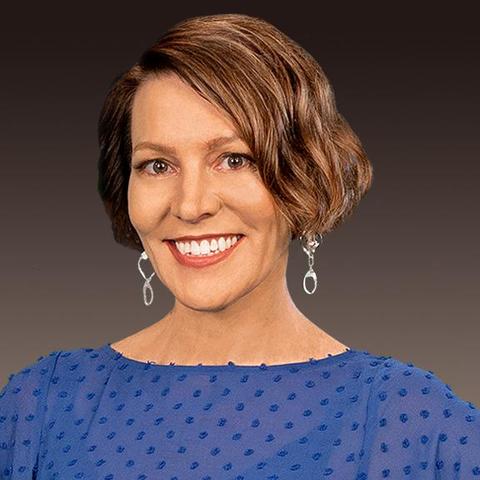Section Branding
Header Content
On Second Thought For Monday, June 4, 2018
Primary Content
The 1954 Supreme Court decision Brown v. Board of Education made segregation of America’s public schools illegal. But decades before Thurgood Marshall argued for Linda Brown's right to attend the all-white school closest to her house in Topeka, Kansas, lawsuits brought by little girls and young women chipped away at the foundations of segregated education. New research finds their grassroots efforts paved the way for the National Association for the Advancement of Colored People's (NAACP) legal battle to integrate schools nationally.
On Second Thought for Monday, June 4, 2018.
We spoke with historian Rachel Devlin, who spent a decade uncovering and interviewing the women whose trailblazing role has long been neglected in history books. We also spoke with Charlayne Hunter-Gault, who in 1961 became the first African-American woman to attend the University of Georgia.
Hunter-Gault also spoke with us about how the media covered the civil rights movement. She chose UGA because she wanted to major in journalism. None of the black colleges or universities in Georgia offered a program at the time. She volunteered for The Red & Black, UGA's student newspaper, but couldn't any assignments because the city of Athens remained segregated. Instead, she spent weekends commuting to Atlanta to report on the student movement for The Atlanta Inquirer, an African-American newspaper Julian Bond and other student activists had founded.
Hunter-Gault went on to become an award-winning journalist for CNN, NPR and PBS. Also joining us was Hank Klibanoff, former managing editor of The Atlanta Journal-Constitution and Pulitzer Prize-winning author of "The Race Beat: The Press, the Civil Rights Struggle, and the Awakening of a Nation."
Music legend Mike Mills grew up in Macon, Georgia, and co-founded Athens-based R.E.M. in 1980. He added two songs to our growing Georgia Playlist.





